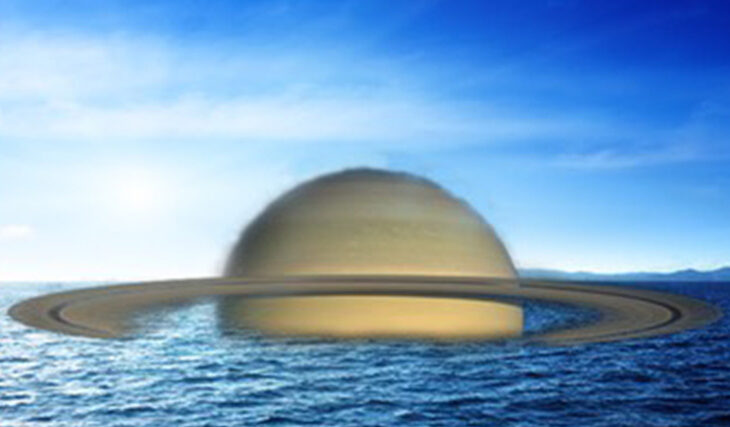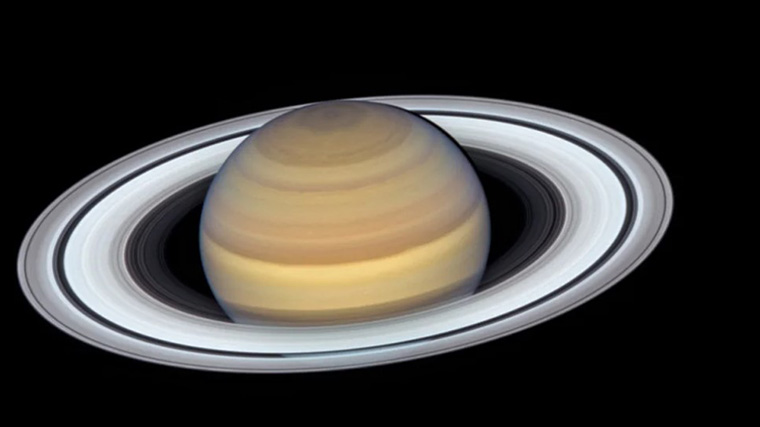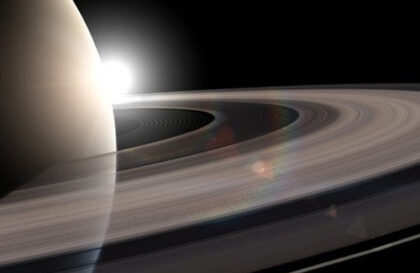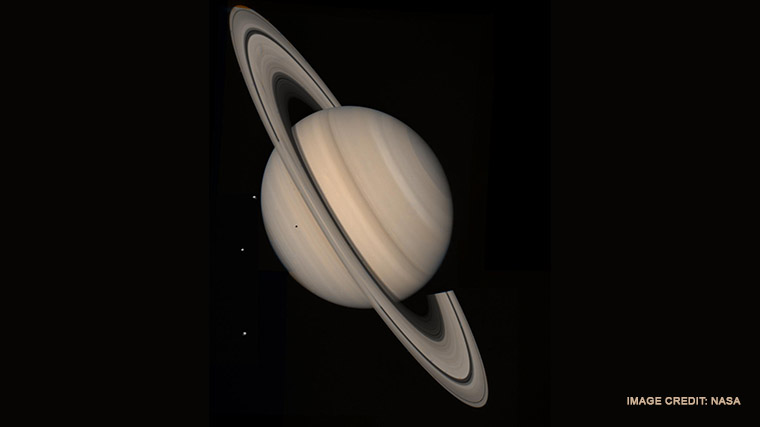Saturn is 95 times heavier than Earth, but it does not sink in water due to its unique composition.
What is Saturn made of?
Saturn’s gaseous composition consists mainly of hydrogen and helium, similar to that of the Sun, as explained by the compression hypothesis. This hypothesis suggests that the gas giants, Saturn and Jupiter, have a high hydrogen composition. Additionally, Saturn’s rings are composed of water and ice, with some dust and rock particles. This unique combination of elements results in the planet’s ability to “float” in water.
Saturn’s density plays a significant role in its buoyancy. Despite having a mass 95 times that of Earth and a gravity 1.12 times stronger, Saturn’s density is surprisingly low, even lower than that of water. Such a low density can be explained by the predominance in its composition of lighter elements, such as hydrogen and helium. As a result, if Saturn were placed in a body of water large enough to accommodate it, the planet would float.
The role of hydrogen and helium in Saturn’s buoyancy cannot be underestimated. These elements contribute to the planet’s low density and, as a result, its ability to float in water. In addition, the core of the planet, consisting of solid rocks and occupying a zone with a diameter of 3.5 to 5 Saturn radii, is surrounded by a gas shell consisting mainly of hydrogen and helium. This composition further emphasizes the importance of these two lighter elements in determining Saturn’s unique buoyancy properties.
Hypothetical scenario of Saturn floating in water
The hypothetical scenario of Saturn floating in water begins by considering a huge body of water that could contain the size and mass of the planet. To visualize this, we must first understand that Saturn is less dense than water. Its density is only 0.687 g/cm3.
This means that theoretically, if the body of water were large enough, Saturn would actually float. The sheer scale of such a body of water is difficult to fathom, as it would have to be much larger than the planet itself to account for its mass and volume.
With a gravity 1.12 times that of Earth, Saturn’s presence in the body of water would undoubtedly have a significant effect on the surrounding water. The planet’s massive gravitational pull would likely cause water to be drawn to it, potentially creating a huge swirling vortex around the planet. This interaction between Saturn’s gravity and water will play a crucial role in determining whether the planet can actually float.
Finally, it is important to consider the influence of external factors on the floating behavior of Saturn. For example, the planet’s tidal forces are known to have a profound effect on its moon Enceladus, causing surface changes due to the heating created by these forces. In the context of our hypothetical scenario, these tidal forces could also have a significant effect on the body of water in which Saturn floats. The interaction between the planet’s gravitational pull and these external factors can either stabilize the floating behavior or create additional perturbations in the water.
Banner image: NASA
Image credit:
https://www.nasa.gov



